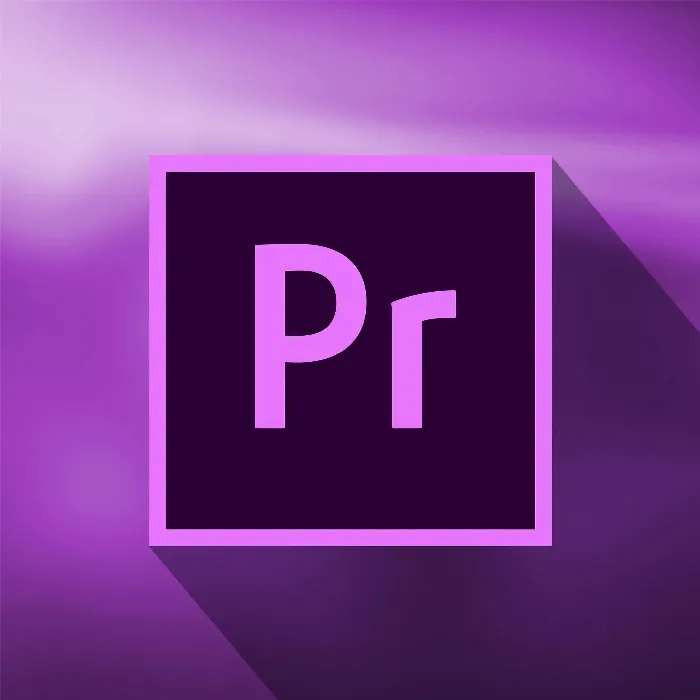The ability to controltimein video editing can elevate your projects to a new level. With Adobe PremierePro CC, you can change the speed of clips to create impressive time-lapses as well as captivating slow-motion effects. This guide will show you how to work with various frame rates and manipulate time to your liking.
Main Insights
- You can adjust the speed of clips to create slow motion or time-lapse effects.
- Pay attention to the frame rate of your clip to achieve optimal results.
- Use techniques like time interpolation to create better slow-motion, even if you don’t have enough frames available.
Step-by-Step Guide
Basic Understanding of Frame Rates
Before you begin time control, it's important to understand the underlying frame rates used when filming your clips. Typically, filming is done at 24 frames per second, but higher frame rates like 50 fps or 60 fps are advantageous for slow motion.
When filming at 60 fps, you can easily slow down the clips without losing quality. However, if you film at 24 fps and try to slow a clip down to 50%, the result may appear strange.
Inserting Clips into the Timeline
To slow down a clip in Premiere Pro, simply drag it into the timeline. Then press Cmd / Ctrl + R to open the speed adjustment window.
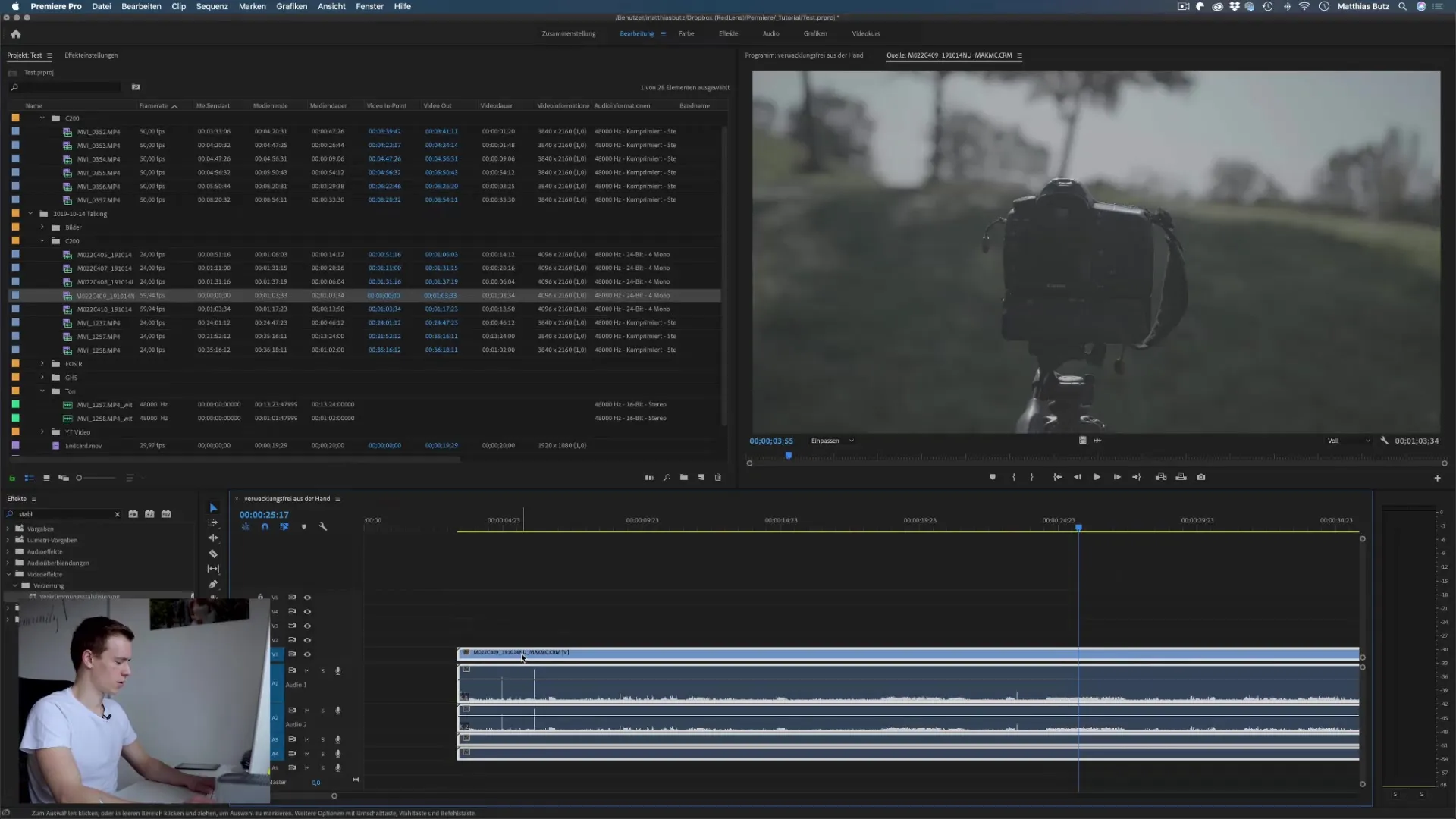
Here, you can adjust the desired frame rate width. For example, if you have a clip at 60 fps in a 30 fps timeline, you can set the speed to 50% and achieve a smooth slow motion.
Adjusting Speed
In the speed window, you can slow down or speed up the clip. If you want to change the speed, enter 50% to halve the speed, or 200% to speed up playback.
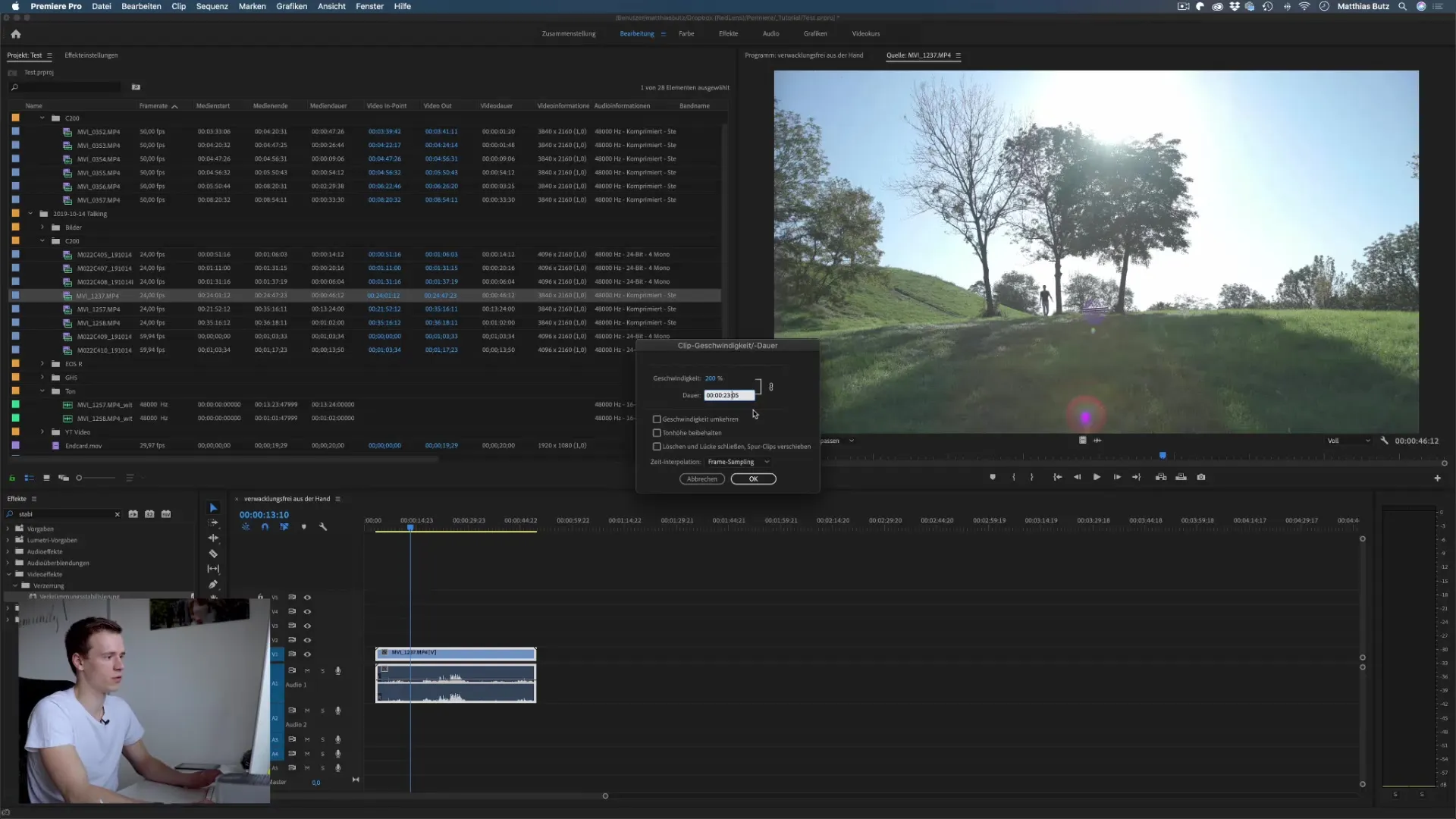
By setting the duration to 10 seconds and the number of frames to zero, you can precisely control how long the clip plays. Premiere Pro will automatically adjust the other values.
Improving Time Interpolation
When slowing down a clip that doesn’t have enough frames to produce a realistically looking slow motion, choppy movements often occur. Here, you can enable time interpolation in the effects settings.
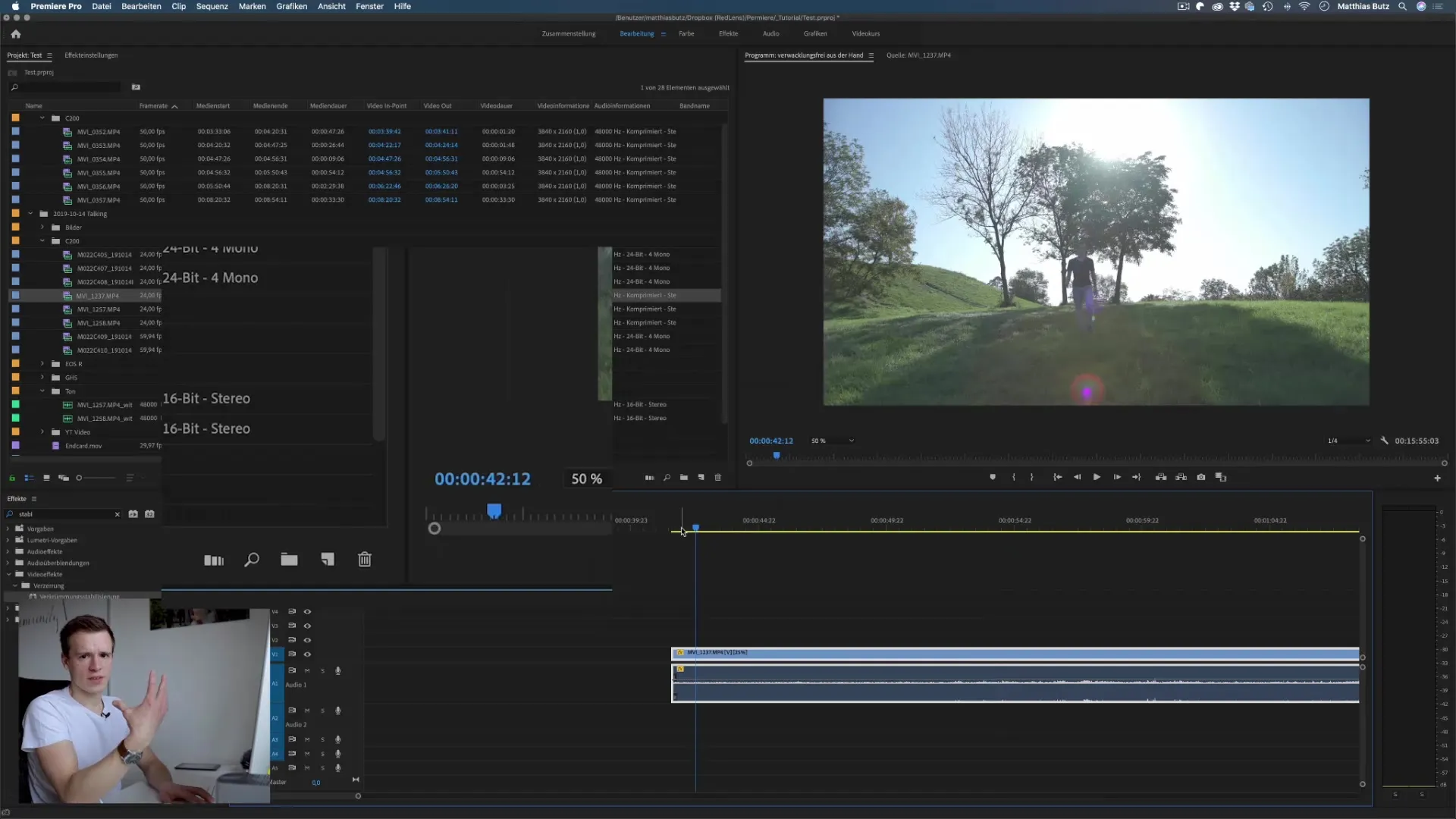
There are options like "Frame Blending," where transitions are created between frames to achieve a smoother look.
Using Optical Flow
An advanced method to enhance slow motion is "Optical Flow." This technique analyzes the clip and calculates intermediary frames to ensure smoother movements.
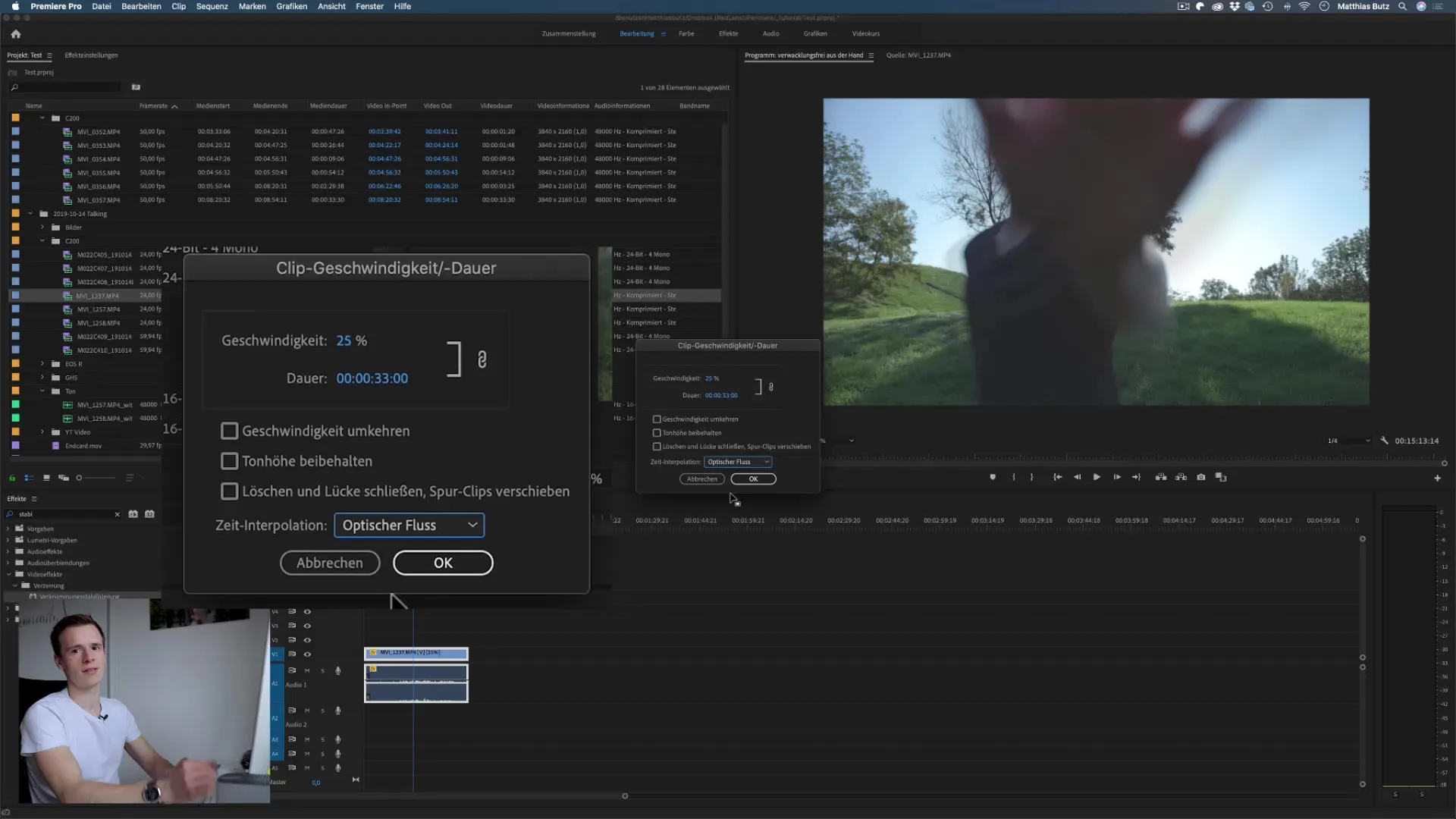
Activate this option in the time interpolation settings to achieve optimized playback. Ensure that the background and foreground are clearly separated, as this affects the results.
Creative Speed Adjustments
In addition to simple speed adjustments, you can also achieve creative effects by using keyframes. This allows you to dynamically change the speed of a clip at different points.
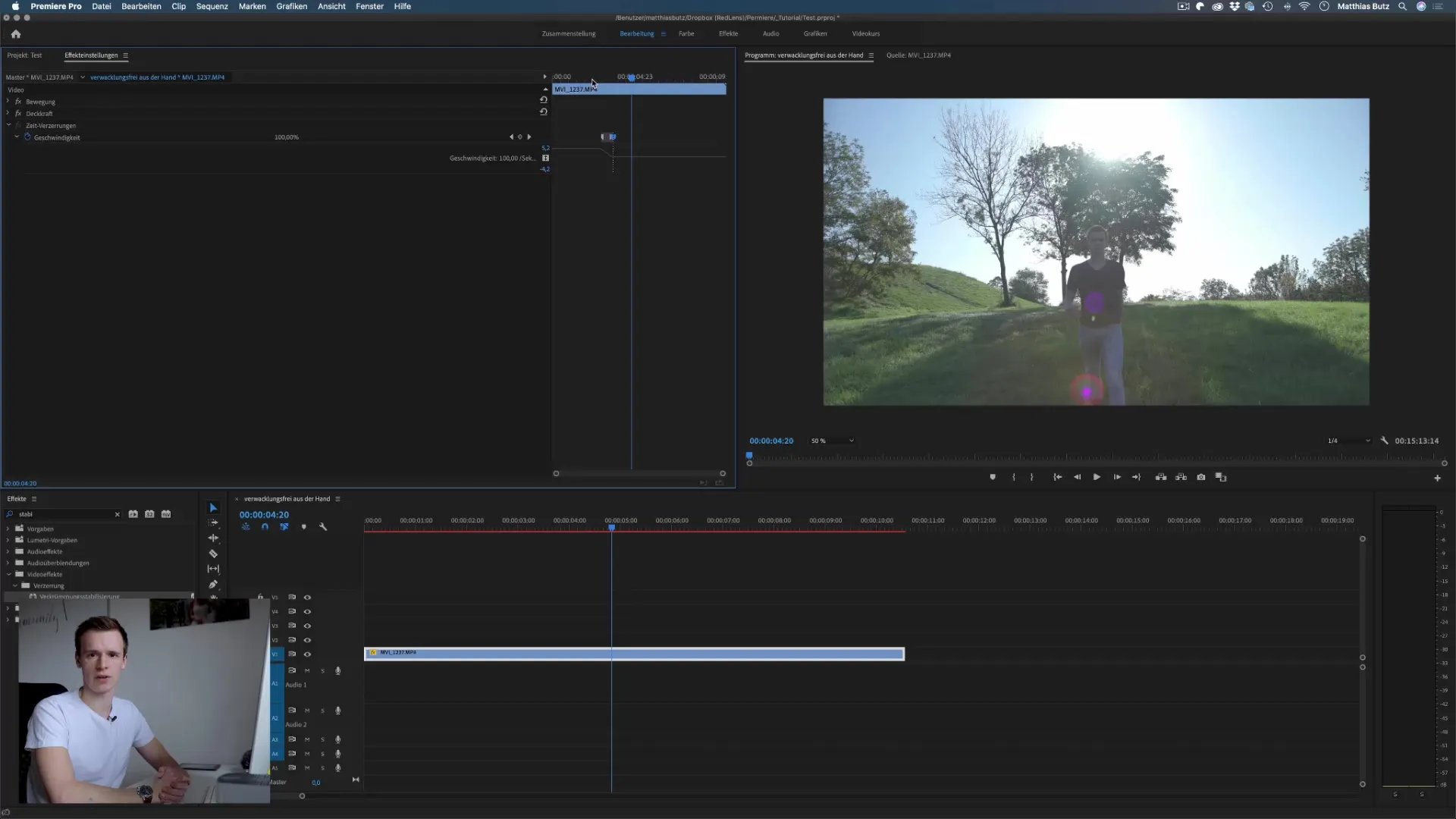
Place a keyframe at the beginning of the clip and another at the point where you want to change the speed. This will give you a smooth transition between different speed levels.
Experiment and Adjust
Experimenting with different techniques is important, as each shot reacts differently to speed changes. Sometimes, it makes sense to adjust clips multiple times to achieve the best result.
Always keep the frame rate in mind and plan ahead to achieve the best results. With good planning and influence over the speed of your clips, you can create impressive videos.
Summary - Controlling Time in Premiere Pro CC: Creating Time-lapse and Slow Motion
With Adobe Premiere Pro CC, you have powerful tools at your disposal to control time in your videos. Whether you want to create slow motion for dramatic effects or time-lapsefor a dynamic narrative, the techniques described here will help you achieve the desired outcome. Experiment with different settings and find out which techniques work best for your projects.
FAQ
How do I change the speed of a clip in Premiere Pro?Press Cmd / Ctrl + R to open the speed window and adjust the speed there.
What is the difference between Frame Blending and Optical Flow?Frame Blending repeats frames, while Optical Flow calculates new frames to allow for smoother movements.
How can I create slow motion if I don't have enough frames?Use time interpolation and enable Frame Blending or Optical Flow to enhance the results.
What is the best frame rate for slow motion shots?Ideal frame rates for slow motion are 50 fps or 60 fps; those yield the best effects.
Why is planning before filming important?Good planning ensures the correct frame rate and exposure time, which improves the quality of your slow motion adjustments.
